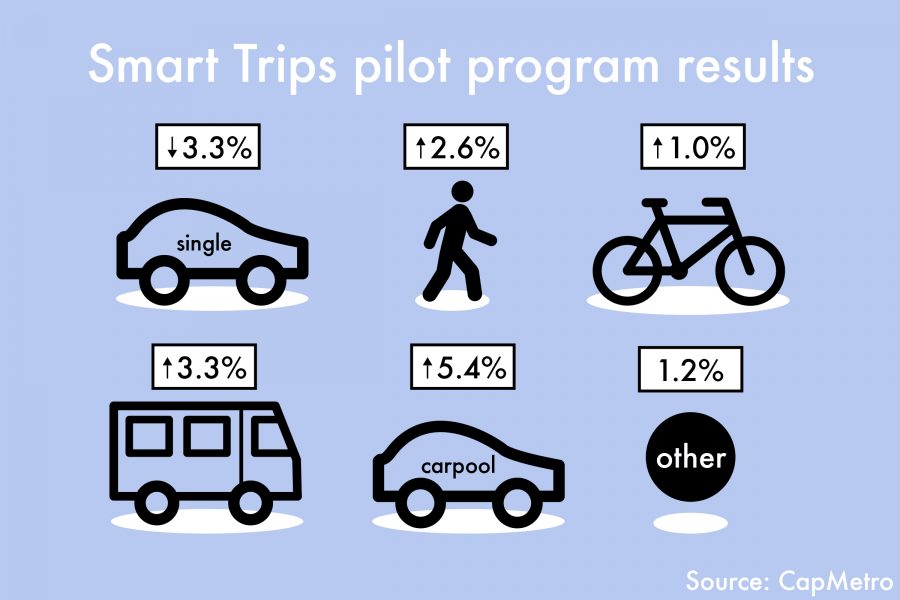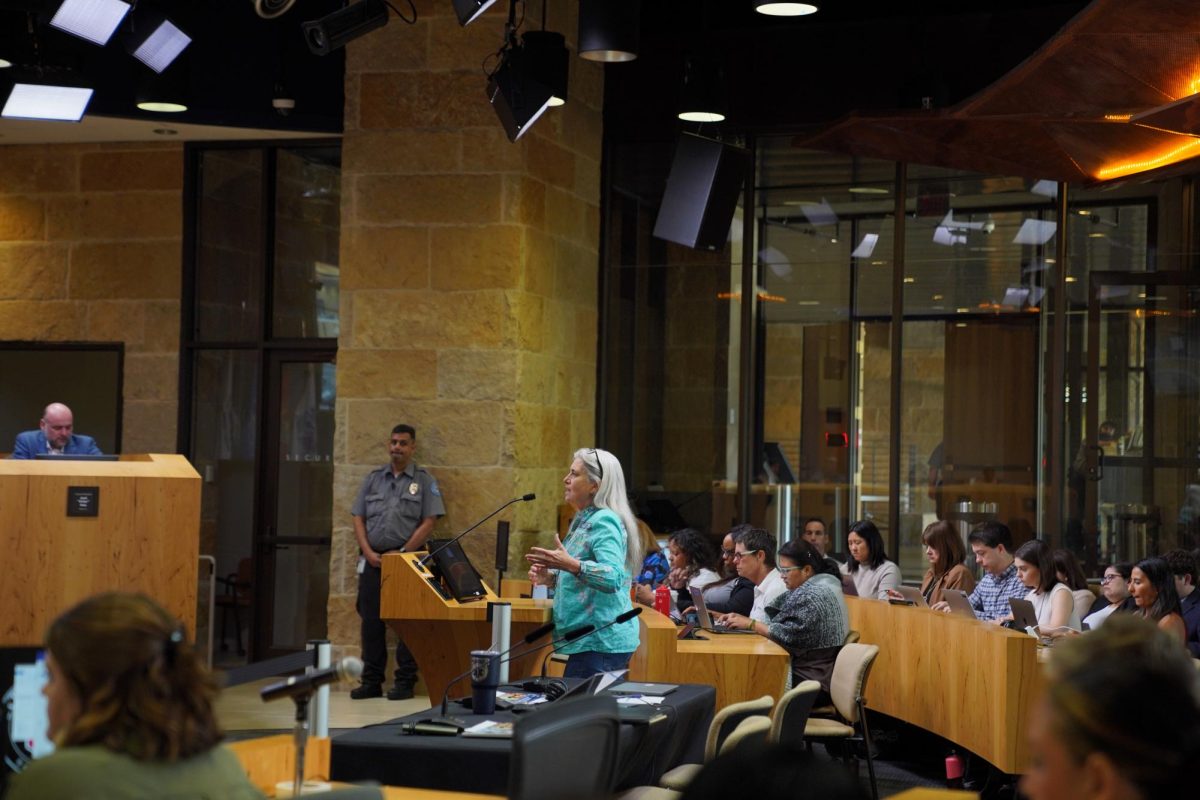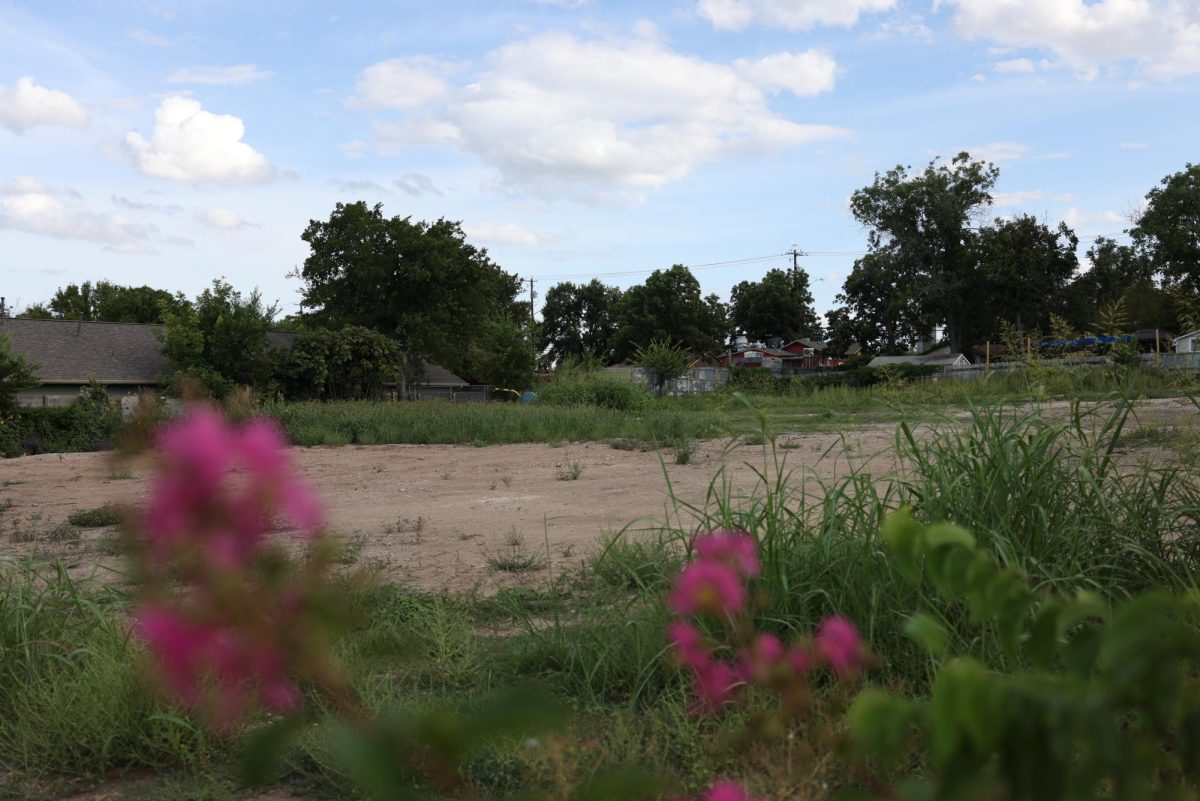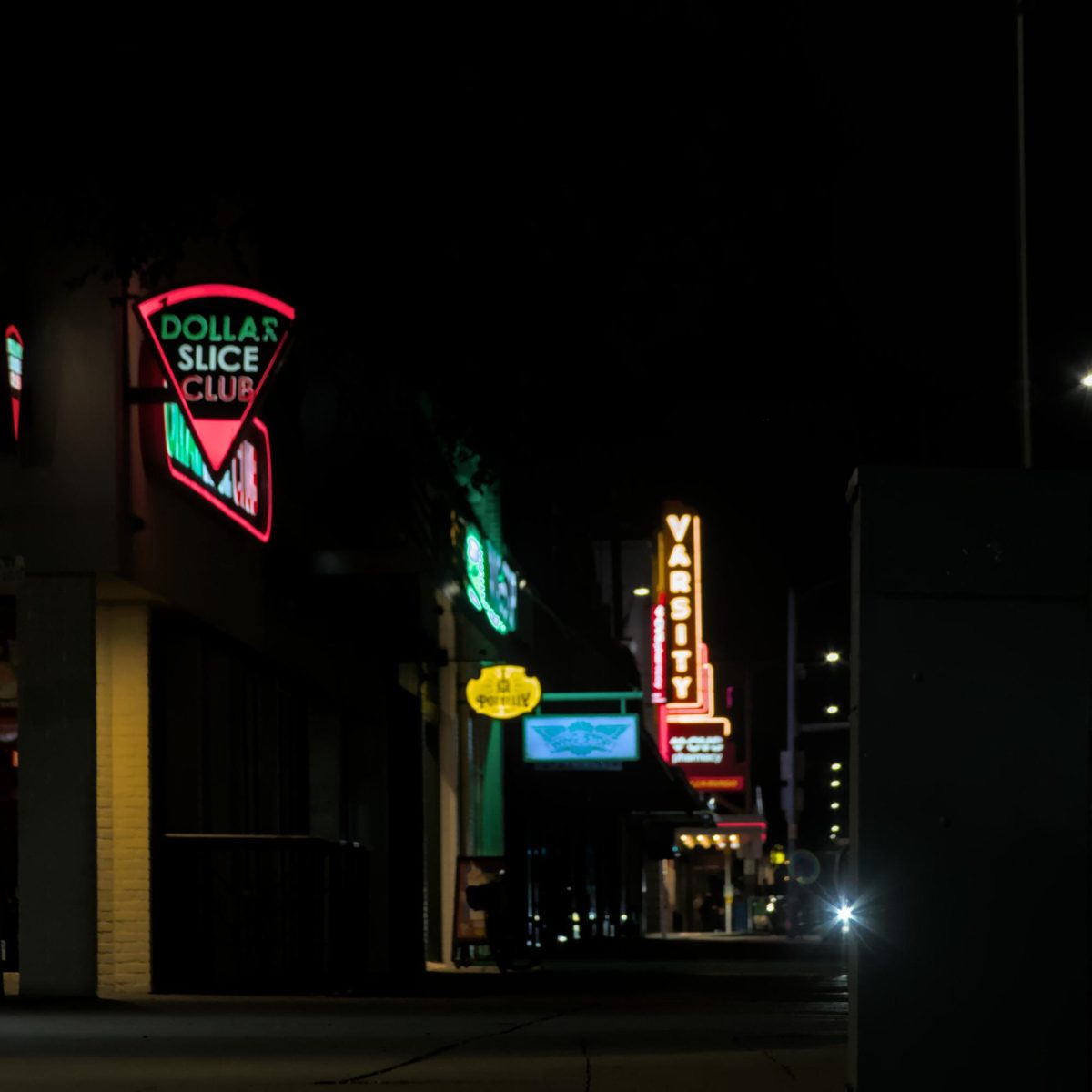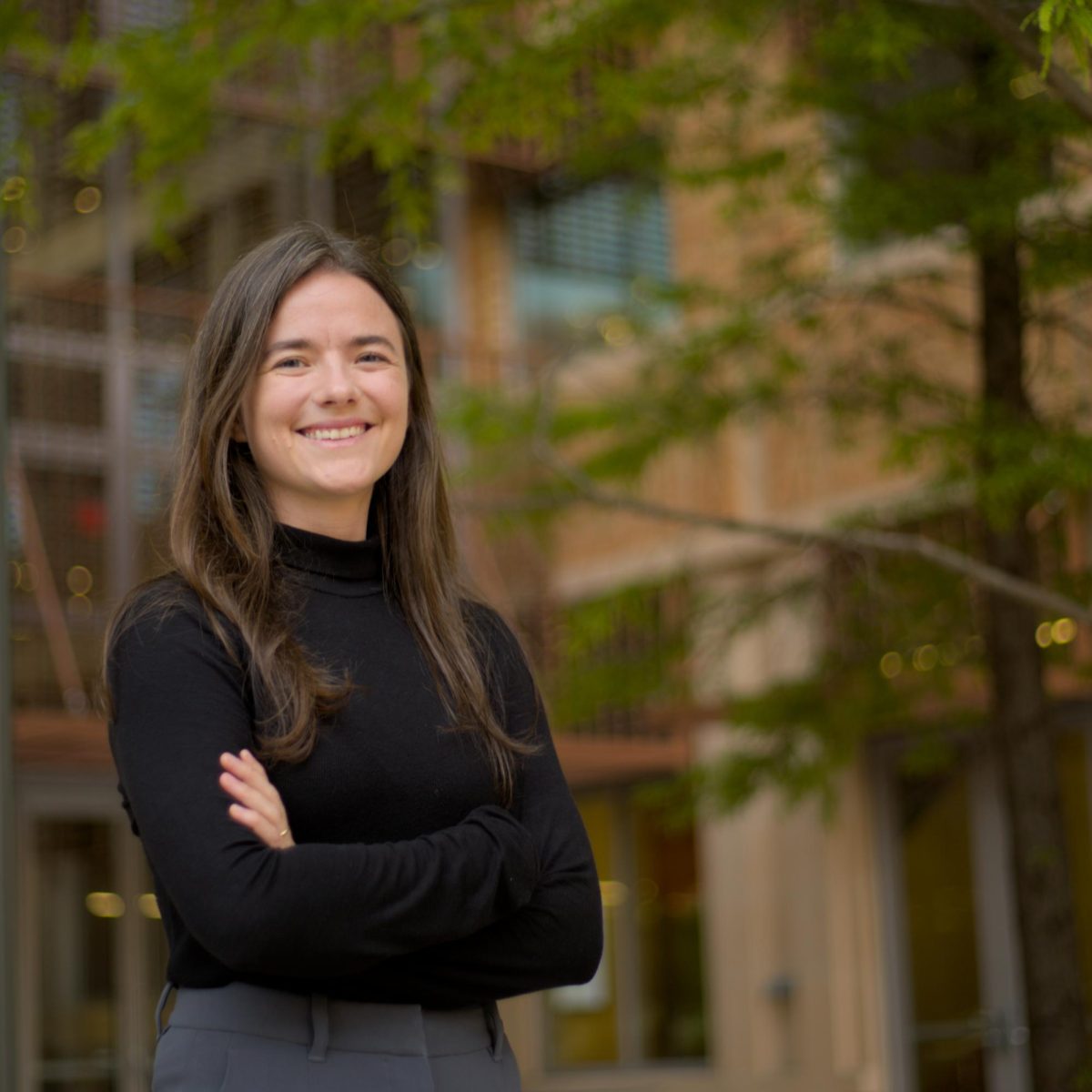The Austin City Council decided Thursday to continue a program that will assist residents with personalized commuting routes by bus, bike or carpool in an effort to eliminate cars and reduce traffic congestion.
Capital Metro implemented the pilot program, called Smart Trips, last year in North Central Austin and asked 12,600 residents if they wanted a Smart Trips employee to map out an alternative route of their everyday commute by car. City Council and CapMetro each spent $150,000 for the pilot program. The Council has promised to continue to spend that amount every year.
Of the 648 who used the pilot program, CapMetro communications specialist Mariette Hummel said in an email that 26 percent of survey respondents
reported they tried a new transportation option.
“The report shows us that the program succeeded in its goals of decreasing drive-alone trips and generally increasing active transportation,” Hummel said.
If residents expressed interest in the program, they received customized tool kits which included various items such as transit passes, bike lights and bus route maps.
Hummel said students in particular can benefit from Smart Trips because many of them do not have a personal car and can learn how to explore Austin without
needing one.
“Many students never get a chance to explore the city,” Hummel said. “In fact, we have worked with students who have never crossed the river or gone further north than the Triangle! Smart Trips provides a whole new way to discover free community events, festivals, and businesses throughout the city.”
Linguistics freshman Micaela Richter said she does not have a car and is still new to navigating the bus routes.
“I definitely don’t know all the places you can go on the bus yet,” Richter said. “Most of the places I’ve been to in Austin that I guess you consider exploring the city have been because someone else took me. I’d definitely like to see more.”
If people can’t bike or take the bus, carpooling would be another option residents could take.
Social work sophomore Anna Wong frequently drove on I-35 last semester and said she would carpool, but it would not alleviate congestion.
“I would definitely want a car just because it’s more convenient if I had to go somewhere,” Wong said. “I feel like there would still be traffic because people keep moving in.”
Kara Kockelman, civil, architectural and environmental engineering professor, teaches a graduate course on travel-demand patterns. Kockelman said I-35 has congestion because people are coming from all over to use it.
“Much of the I-35 corridor congestion is from people who don’t even live in the region,” Kockelman said. “Part of why Austin has such a high ranking for congestion is because of the delay that comes from interregional and international travel that’s occurring along that one corridor.”
Kockelman said she agrees with Smart Trips encouraging carpooling, because biking is not convenient for everyone. Carpooling would alleviate congestion, Kockelman said.
“If I start biking to work, I may be saving some space for somebody else but I don’t benefit from that,” Kockelman said. “If I get in the car with somebody else, I save some money because my trip in that vehicle is definitely less expensive.”
The city will hire a contractor soon that will take over CapMetro’s role managing the program.



